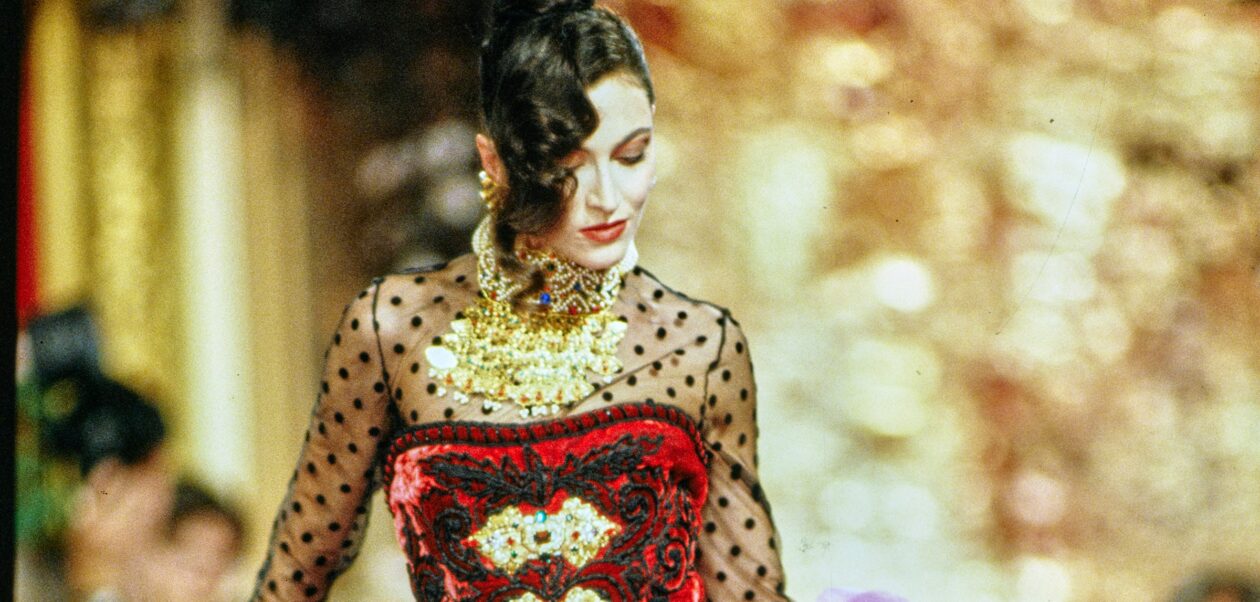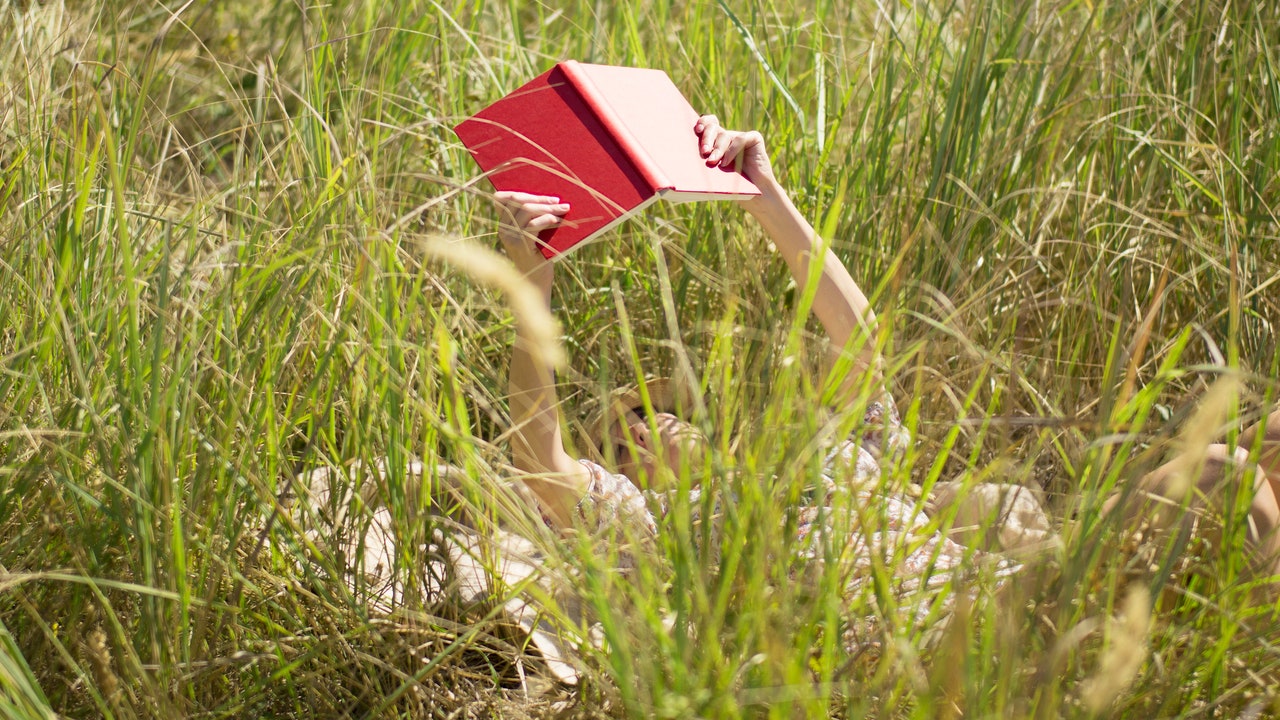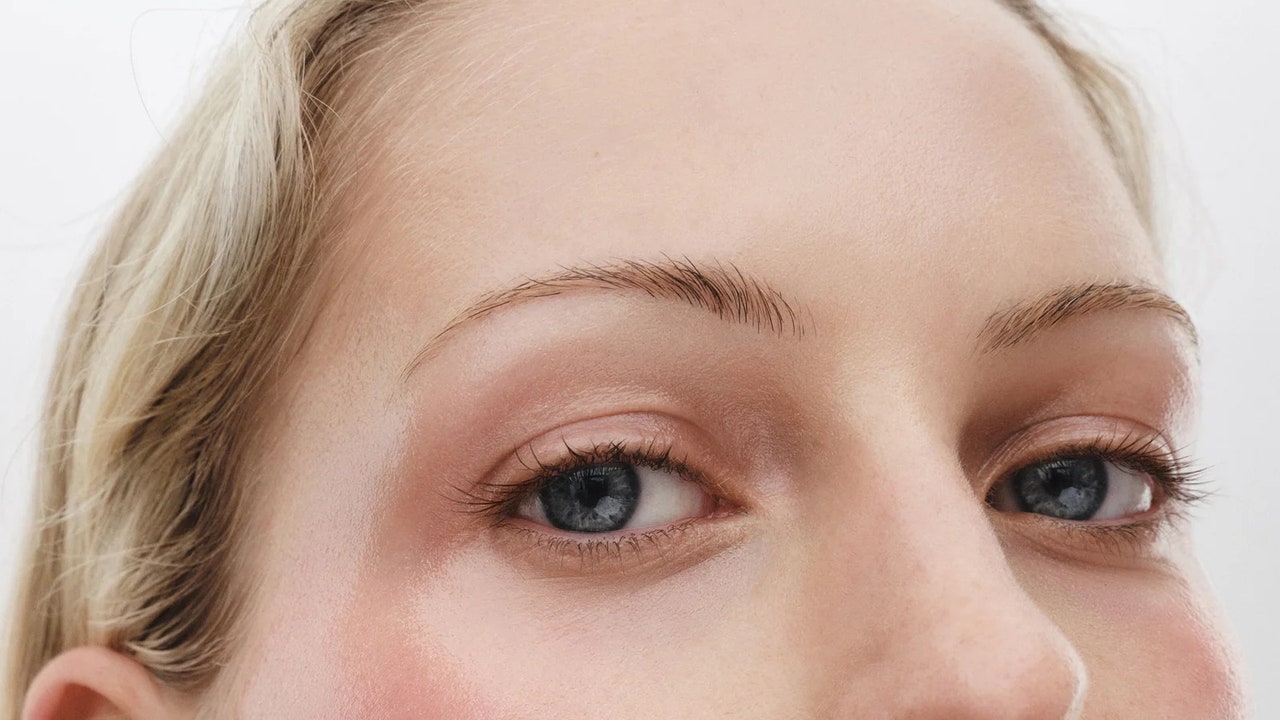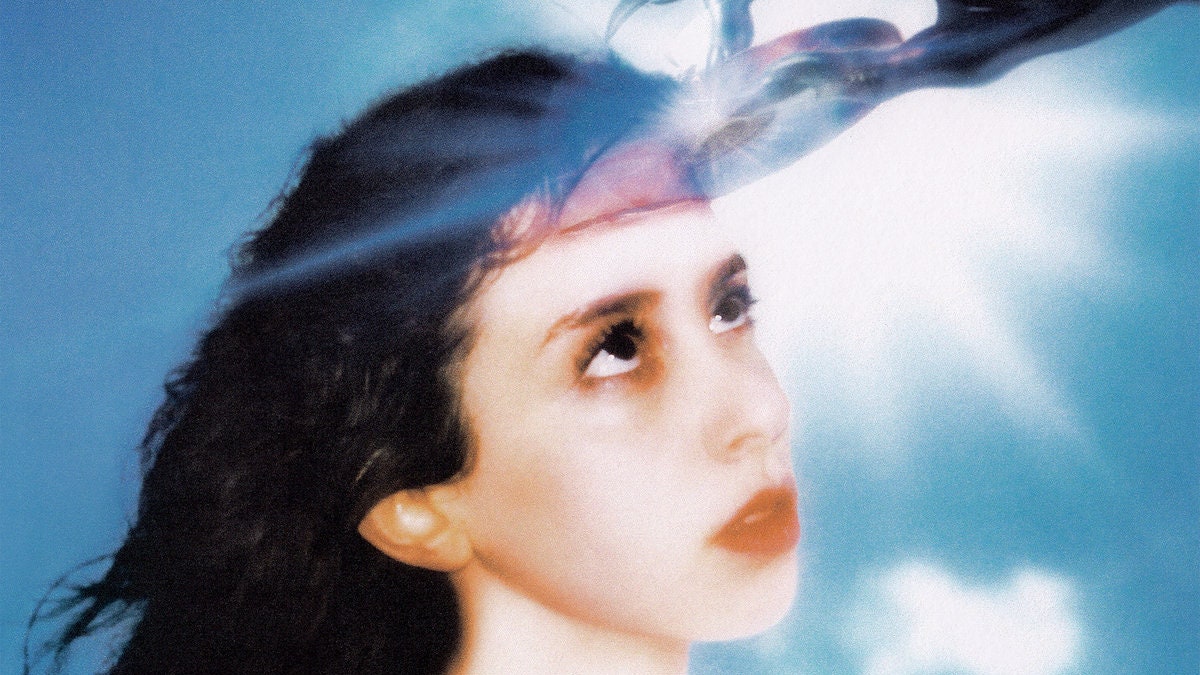[Editor’s note: With the news that STL has acquired the Christian Lacroix brand, we’re taking a look back at the designer’s fall 1989 couture show. Presented in Paris on July 23, 1989, it has been digitized as part of Vogue Runway’s ongoing efforts to document the history of fashion shows.]
For several years, there have been hints of a revival of the colorful, high-maintenance, exuberant ’80s—and I’ve been all for it. But despite doggedly following the breadcrumb trails, the trend never reached critical mass. Now, based on a number of factors—word of a Metropolitan-themed birthday party at the new NYC hot spot Chez Margaux, archival Christian Lacroix dresses spotted on the red carpet, the football padded shoulders seen at the Vogue Christmas party, and a second Trump presidency, among them—that might be set to change.
The 1987 opening of Lacroix’s maison de couture—the first established since Yves Saint Laurent’s—sent the trajectory of brash opulence in the direction of (historical) fantasy. The Arlesian designer had come to Paris hoping to be a curator, after all. “I remember loving to mix velvet with everything,” he said in a recent email. Lacroix has rightly become associated with sartorial reveries, but that wasn’t all he could do. His sense of play is rampant in this collection. Look closely, and you’ll see him giving everyday wardrobe staples a gilding of fairy dust. Biker shorts were made of lace, jeans were treated to a floral appliqué, and a satin and velvet boilersuit emerged from under a gigantic gray fur coat.
Vogue’s André Leon Talley wondered at the time whether the several women who ordered Look 47, featuring a drawstring sheath revealing a full gala skirt, would appear in it at the same party. The designer’s “witty orange satin dinner dress, cut like a denim skirt” (Look 37), Talley noted, was “inspired by Anne Bass’s request last January for a short evening skirt.” Lacroix shared that an embroidered bohemian maxiskirt, meanwhile, was inspired by one he found in Madrid when working on a Carmen production in the Nîmes arena some months earlier, “with old cotton flowers and sequins on wool.”
A trio of finale dresses featured ethereal tulle apron skirts that opened at center front to reveal an underdress. With its velvet corset, bejeweled leggings, and graduated flounces, the penultimate number reimagined a can-can dress in a grand postmodern manner.




